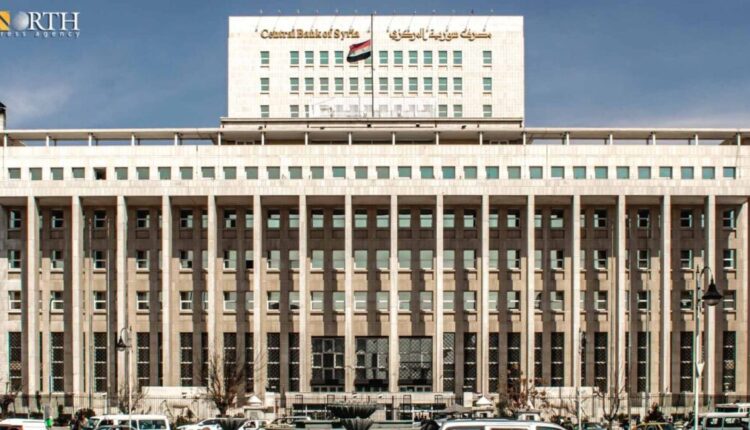As Syrians are about to bid farewell to 2022, the Syrian pound has sharply declined to record an unprecedented price against the US dollar, which has exceeded 6.000 SYP.
A banking expert told North Press that the Central Bank of Syria bears responsibility for all reasons that led to the collapse of the Syrian pound.
He also accused the bank of adopting a policy that devastated the country as a whole.
The expert noted more than one direct reason including “raids conducted by customs on shops and confiscating imported goods whose customs’ declarations have exceeded two years.”
He added that such types of goods are seen as illegal according to customs law.
He pointed out that the raids of shops and confiscation of goods caused an “impasse” in the markets and prompted a large number of traders to liquidate their companies and leave the country.
Before they left the country, they started demanding dollars to smuggle them abroad. This has increased the demand for the dollar and raised its price.
UN Chief: Syrians Face Dire Winter if Aid from Turkey is Cut
The second reason, according to the expert, who preferred not to be named, was the arrests carried out by the competent authorities on money exchangers. This hindered the possibility of receiving remittances coming from abroad which caused a decline in the supply of dollars against the growing demand at the same time.
Member of the Rif Dimashq Chamber of Commerce said that exporters lose when the dollar exchange rate rises on the black market because the Central Bank pays at a price much lower than the real price of the dollar. That is, the exporters are obliged to receive their transfers in Syrian pounds at a cheap price. This, however, causes the cessation of exports and the decline of the dollar supply on the black market which in turn causes the dollar price to rise more against the Syrian pound.
He added, “Patrols of the Ministry of Supply have a role in raising the dollar price.”
He said that they [the Ministry of Supply] want the traders to sell their old goods at the old price until the quantity runs out; however, they buy the new goods at the new price.
All these measures coincide with the shortage of production and dependence on imports in securing the market need.
Economist Ahmad Abdurrazzaq said, “It is not possible to accurately talk about economic changes that led to this acceleration in the decline of the Syrian pound.”
“It has become a frequent case in Syria, as every accelerated decline is followed by some kind of recovery, but the general trend is downward,” Abdurrazzaq added.
It is more difficult to explain the matter due to the absence of any kind of transparency from the Central Bank and the institutions directly involved in economic affairs. Also, the Syrian government seems to be outside the scope of this process.
In short, the government and its institutions are no longer the main player in this issue, so it is difficult to explain it by economically familiar mechanisms.
This article was edited by The Syrian Observer. The Syrian Observer has not verified the content of this story. Responsibility for the information and views set out in this article lies entirely with the author.


